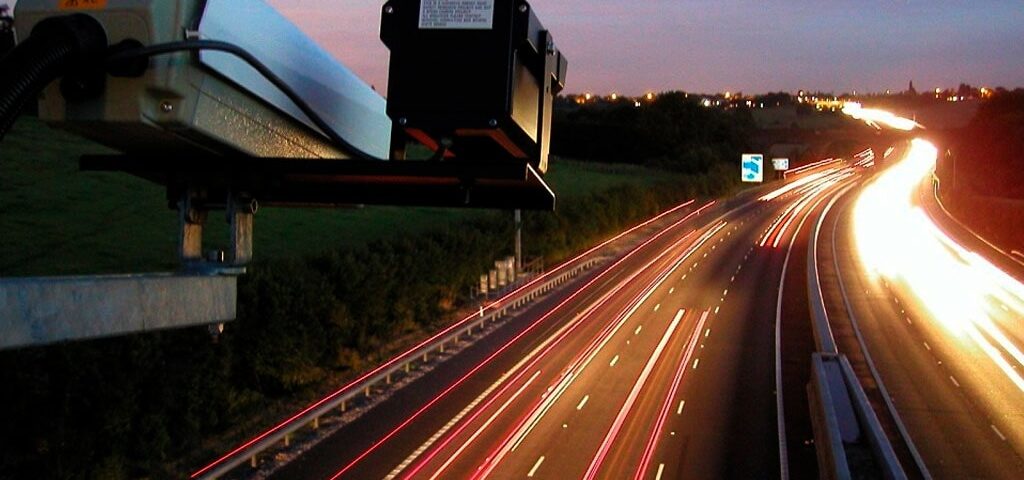What is Intelligent Transportation System?

The future of technology in construction
March 14, 2021
Digital architecture
March 15, 2021Intelligent transportation system is the application of sensing, analysis, control and communications technologies to ground transportation in order to improve safety, mobility and efficiency.
Intelligent transportation system includes a wide range of applications that process and share information to ease congestion, improve traffic management, minimize environmental impact and increase the benefits of transportation to commercial users and the public in general.
Why Intelligent Transportation System needed?
- Inadequate road development.
- Low speed, increased accident rates.
- It is not possible to build enough new roads or to meet the demand.
- Make transportation system more efficient, secure, and safer through the use of information, communications and control technologies.
- Improve the attractiveness of public transport.
- Tackle rising congestion which increases travel times and industry costs.
- Reduce the environmental impacts of transport.
Advantages of Intelligent Transportation System
- Reduction in stops and delays at intersections.
- Speed control & improvement.
- Travel time improvement.
- Capacity management.
- Incident management.
How Intelligent Transportation System Works?
1. ITS combining technologies
The technical core of intelligent transportation system (ITS) is the application of information and control technologies to transportation system operations. These technologies include communications, automatic control, and computer hardware and software.
The adaptation of these technologies to transportation requires the knowledge from many engineering majors for example civil, electrical, mechanical, industrial and their related disciplines.
Majority of transportation problems are caused by lack of timely and accurate information and from the lack of appropriate coordination individuals in the system.What is
So, the positive contribution of information technology is to offer better information to help people involved in the system to make synergistic decisions.

Fig. 1: ITS combining technologies
2. ITS Enabling Technologies
There is a range of information and communications technologies that enables the development of ITS.
For instance, fiber optics, CD-ROM, electromagnetic compasses, GPS, laser sensors, digital map databases and display technologies. Enabling technologies can be divided into several classes which include:
Data Acquisition
It is possible to monitor traffics using several means such as inductive loop detectors, traffic sensor.
Examples of traffic senors are ultrasonic and radar, video image detector (VID), and Visual images from closed circuit television (CCTV) which provide live images to help the traffic center operator monitor complicated traffic situations and make suitable decisions.

Fig.2: CCTV camera as part of intelligent transportation system
Data Processing
Information collected at data management center required to be processed, verified, and consolidated into a format that useful for the operators. This can be done using data fusion process.
Added to that, Automatic Incident Detection (AID) may also be used for data processing. global positioning system (GPS) can be used on vehicle side to process data.

Fig.3: Automatic incident detection (AID) pedestrian on the highway
Data Communications
Several ways can be used to convey messages for example wireline or wireless, Fibre optics, electronic toll collection (ETC), commercial vehicle operations (CYO), parking management, signal preemption, in-vehicle signing, in-vehicle traveler information, and beacon-based route guidance systems.
Some of these data communication technologies are used by data management center whereas others used from vehicle side.

Fig. 4: wireless sensor network
Data Distribution
Traffic and other related information can be distributed in various ways in order to improve transportation efficiency, safety, and environmental quality.
For example, telephones, radio, television, desktop computers, fax machines and variable message signs (VMS), car radios, cellular telephones, lap top computers and hand-held digital devices.
Information Utilization
This involves ramp metering to control the flow of vehicles merging onto an expressway, and co-ordination of traffic control within large urban areas takes place at the traffic management center.
In addition to dynamic route guidance which permits the user to make strategic decisions on a minute-by minute basis, and adaptive cruise control which allows the driver to automatically reduce vehicle speed in order to keep a safe headway from the vehicle in front.

Fig. 5: Adaptive cruise control
3. System Architecture
Framework for planning, defining, and integrating intelligent transportation systems.
Benefits of Architecture
- Reduces time and resources required to integrate the technologies to local needs.
- Helps identify agencies and jurisdictions & seeks their participation.

Fig. 6: Intelligent transportation system architecture
Intelligent Transportation System User Services
Intelligent transportation user services are provided in Table 1.
Table 1 Intelligent transportation services
| Title | Services |
| Traveler Information | Pre-trip Information, on-trip driver information, on-trip public transport information, personal information services, and route guidance and navigation |
| Traffic Management | Transportation planning support, traffic control, incident management, demand management, traffic regulations, infrastructure maintenance management. |
| Vehicle Systems | Vision Enhancement, automated vehicle operation, longitudinal collision avoidance, lateral collision avoidance, safety readiness, pre-crash restraint deployment. |
| Commercial Vehicles | Commercial vehicle pre-clearance, vehicle administrative processes, automated road side safety inspection, commercial vehicle on-board safety monitoring, commercial vehicle fleet management |
| Public Transport | Public transport management, demand responsive transport management, shared transport management. |
| Emergency Management | Emergency notification and personal security, emergency vehicle management, hazardous materials and incident notification |
| Electronic Payment (EP) Safety | Electronic financial transactions, public travel security, safety improvement for vulnerable road users, intelligent junctions. |

Fig.7: Global positioning system (GPS)

Fig.8: Advanced traveler information

Fig. 9: in vehicle transit information system



